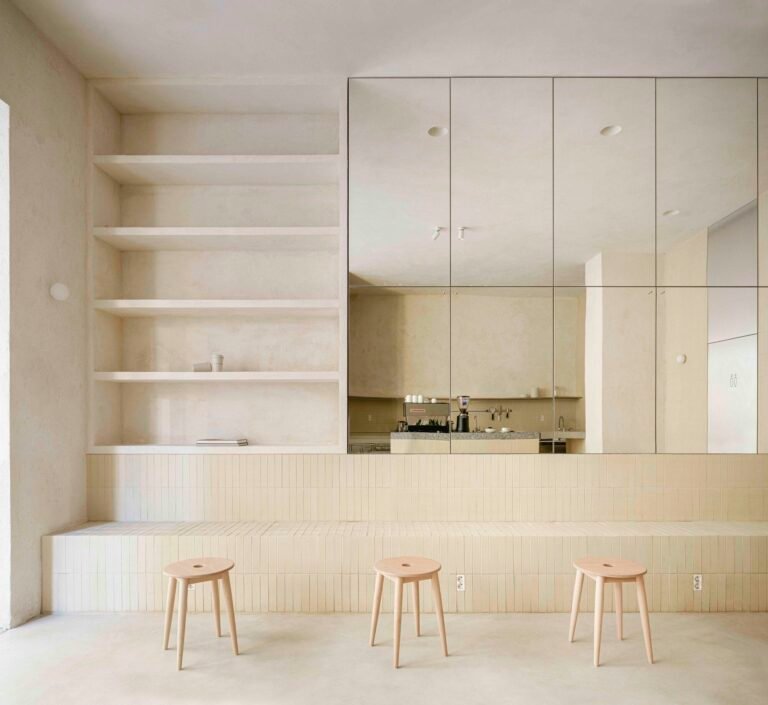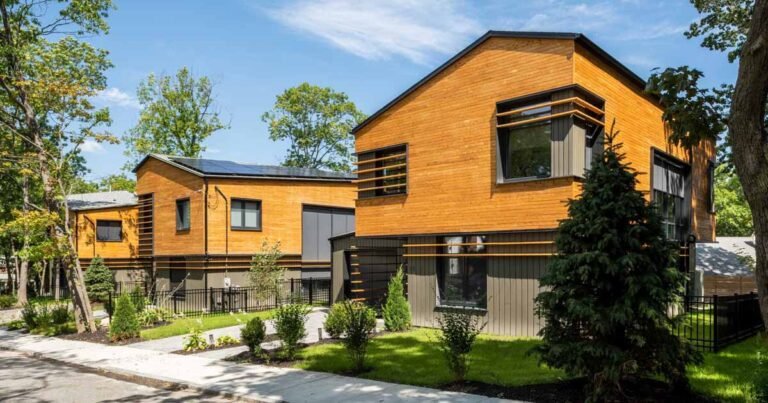San Francisco’s Millennium Tower remains to be sinking regardless of fixes
It’s been some time since AN last checked in on the status of the sinking Millennium Tower in San Francisco, and unfortunately, it’s still plagued with issues. In 2016 it was discovered that the Handel Architects-designed luxury condo tower is sinking and tilting west and that a $100 million foundation stabilization scheme proposed by Simpson Gumpertz & Heger would be needed to prop the building up.
The 645-foot-tall, 58-story tower was completed in 2009 and has been tilting and sinking ever since it opened. The issue stems from the building’s foundations—it sits on a 10-foot-thick concrete pad that it itself is supported by nearly 1,000 reinforced concrete piles driven 90 feet into soft clay. This isn’t an uncommon construction method in the Bay Area (and sections of downtown San Francisco are sinking at about three-quarters of an inch every year) and the Millennium Tower design team still maintains that the building’s issues stem from soil compaction caused by the construction of the adjacent Salesforce Tower.
Whatever the cause, the stabilization plan was intended to course correct the tower, which has tilted 26 inches west at the top since its opening. Simpson Gumpertz & Heger called for 52 new concrete-and-steel piles to be drilled 250 feet into the bedrock below, which would alleviate compressive force on the northern corner of the site and stop both the tilt and sinking.
Unfortunately, while the plan was approved and enacted, work had to be halted last August as it was discovered that the sinking had intensified even with stabilization underway. Although construction started up again and is still ongoing, monitoring data accrued from last year has revealed that the building sank an additional 2 inches and tilted another 10 inches during that period.
In a public hearing on January 6, City Supervisor Aaron Peskin gave an update to the public about the project’s status. At that same meeting, project engineer Ron Hamburger admitted that the team didn’t provide any guidance to its contractor, Shimmick Construction, on how to install the piles or mitigate the impacts of drilling.
With or without work underway at the site, Hamburger said, the tower continues to sink half-an-inch every year and tilt 3 inches. If the tower reaches a tilt of 40 inches from its base position, as it would in only about 5 years at the current rate, the building’s elevators and plumbing could cease operation. (Residents have already complained about odors from the voids formed between the building’s structure and curtain wall, cracks in the basement, and possible seismic stability given the shift.)
Hamburger maintained that finishing the stabilization was the best way to prevent the tower from reaching that terminus, and work is ongoing at the time of writing.



